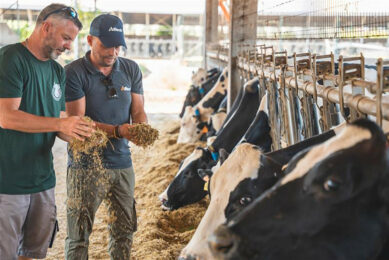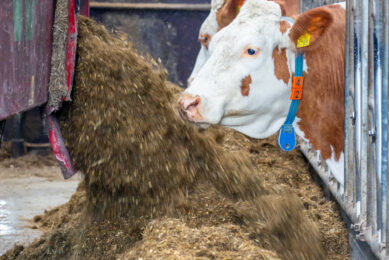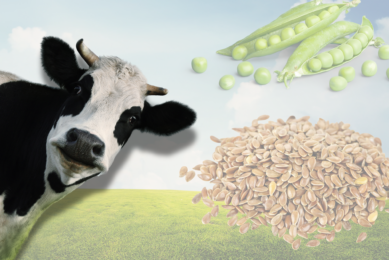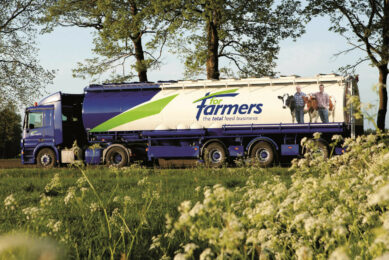From feed to housing: Reducing antibiotic use in livestock
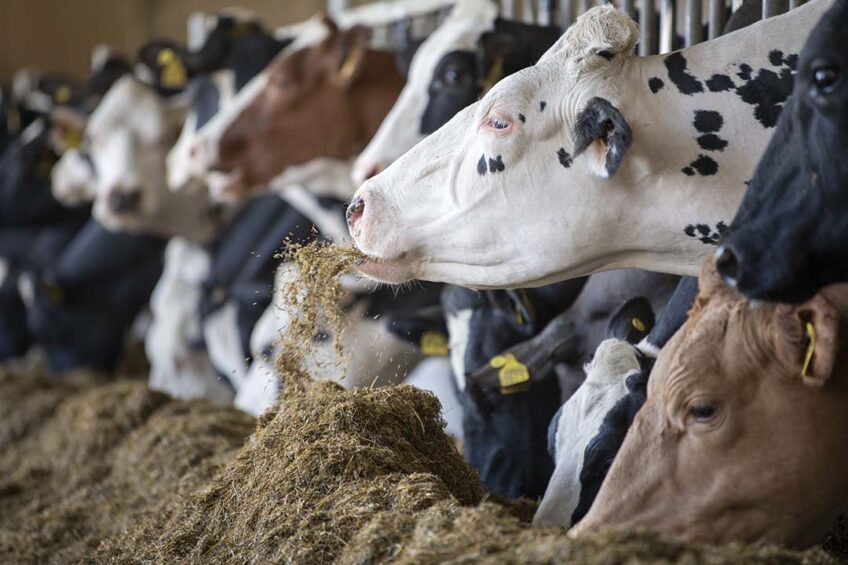
There is a demand to reduce antibiotics use in animal production, thereby eliminating the risk of spreading antibiotic resistance in animals, and possible zoonotic transmission to humans. The following is a review of practical approaches that may achieve this target, based on field experience and recent studies conducted in this area worldwide.
Antibiotics should only be given to animals for therapeutic use and administering antibiotics to prevent infection or promote growth should be phased out. Priority should be given to treat individual animals with symptoms and to keep them apart from the herd until full recovery. Treating only infected animals has proven to be an effective replacement strategy for collective treatment because it enables infection control and increases the chances that sick animals recover fully. Collective treatment should be reserved for cases where there is a clear need in the herd, following close clinical inspection, and after evaluating the risk/benefit ratio.
Early diagnosis and the start of relevant pharmacological treatments can greatly improve the effectiveness of antibiotics and prevent the onset of chronic diseases. In addition, the cost of treatment can be reduced by 2-4 times when diseases are diagnosed early. This is probably due to the increased activity of feed intake and rumination in the early stages of illness compared to when the disease is well established. Early treatment thereby improves the body condition, which helps the animal’s response to antibiotic therapy and promotes its disease resistance without the need for repeated treatment.
Vaccination
Vaccination can be a reliable alternative to antibiotic use under disease conditions. For successful vaccination, however, the following points should be considered:
- The selected vaccine must be suited to the type of production and the epidemiological situation, and must correspond to the overall risk to which the farm is exposed.
- Animals exposed to heat stress over long periods will have an impaired vaccine response and will consequently be subject to pathogenic environmental challenges. They should, therefore, be kept in a thermo-neutral environment, especially at the early stages of life.
- Vaccination of sick animals is not advisable because their immune systems are already functioning at diminished capacity. It is better to skip a vaccine in a diseased flock than to vaccinate in the presence of a concurrent disease.
- Parasite infection also affects the response to vaccination owing to an absolute loss of protein, and this might result in a reduced antibody response. Anthelmintic treatment should therefore be done well before vaccination to allow the animals to recover from the parasite infection and hence improve their immune response.
- The presence of mycotoxins in feed can impair the immunity acquired through vaccination and eventually lead to the occurrence of diseases. Mycotoxins induce immunosuppression by depressing T- or B-lymphocyte activity, impairing macrophage/neutrophil-effector functions, reducing the level of antibodies, and decreasing the activity of phagocytic cells following vaccination. Feed bunkers should therefore be kept clean and rinsed only with fresh water. Chemical disinfectants should not be used for this purpose because residues of these chemicals may inactivate the vaccines.
Effects of nutrition
Nutrition can have significant effects on the immune system, influencing infection rate and thus reducing antibiotic use. With most disease outbreaks, it may be necessary to increase the level of dietary protein or at least maintain it within the recommended ranges. Protein is a potent regulator of hormone circulation such as insulin, glucagon, thyroxin, and growth hormones, all of which affect the immune system and hence improve its disease-fighting capability.
An adequate calcium-to-phosphorus ratio in rations reduces the incidence of milk fever at calving which develops during dry periods. There is also a relationship between resistance to infection and administering supplements with specific trace minerals such as zinc, copper, and iron which promote optimal immune cell function, again resulting in a decrease of antibiotic use.
Vitamin A and its precursor, ß-carotene, are necessary for the proper function of epithelial cell membranes and the immune system. Vitamin A and ß-carotene also reduce the incidence of mammary infection during the early dry period. Vitamin E with selenium is also important as it acts as an antioxidant defense against oxidative damage and has therapeutic value in cases of infectious diseases. It was found that administering these antioxidants as dietary supplements decreased the incidence and duration of clinical mastitis by increasing intracellular killing of ingested bacteria.
Use of plant extract and other alternative agents
Extracts of plants such as cinnamon, Mexican pepper, thyme, and aged garlic have been exploited in animal nutrition, particularly in Asian, African, and South American countries, and in recent years have been gradually introduced in developed countries. These agents have been successfully applied to disease models of cattle and mono-gastric animals at comparable costs but with better herd surveillance and fewer risks to animals, humans, and the environment.
Biologically active constituents of these plants are mostly secondary metabolites, such as phenols, glycosides, and alkaloids. Plant extracts at minimum inhibitory concentrations of 100-1,000 μg/ml can possess antibacterial properties and can therefore be used as antibiotic alternatives. Other alternatives such as probiotics, prebiotics, bacteriophages, lysozymes, organic acids, and antimicrobial peptides also have similar modes of action and may thus have the potential to replace antibiotics in animal therapy.
Biosecurity and animal management
Knowledge of all potential entry routes for pathogens to a herd is an essential prerequisite to developing comprehensive biosecurity techniques. These could be applied to all food animal species and can be summarised as follows:
- Animals subjected to temperature and humidity extremes are less able to resist bacterial challenges. For example, dairy cattle subjected to high temperatures have increased incidences of mastitis. Mastitis is expensive not only because infected cows produce less milk but also because the milk from cows in treatment must be discarded. To compensate for heat stress, numerous strategies have evolved such as the use of evaporative coolers, and designing animal buildings in a way that maximises heat loss during high-temperature extremes and provides uniform distribution of air through all areas of an animal facility.
- Pathogen-free feed sources should be ensured and methods of delivering feed to farms that closely control the access of potentially contaminated trucks should be adopted.
- Pollution of pastures with pesticides is one factor contributing to the occurrence of infectious diseases even in vaccinated farms. This results in higher morbidity due to the immunosuppressive effects of pesticides, which requires higher doses of antibiotics.
- Bedding materials should be kept as clean and dry as possible, as otherwise it may facilitate a proliferative medium developing that supports most microorganisms. Chopped organic bedding materials, such as sawdust, shavings, recycled manure, pelleted corn cobs, peanut hulls, and chopped straw, frequently contain coliforms and streptococci above 1×108 cfu/g, a number that often increases mastitis and airborne respiratory disease incidence. Inorganic materials, such as sand or crushed limestone, are preferred and are recommended to reduce the bacterial load.
- Overcrowded animals often compete for feed, water, and sleeping space and so are more susceptible to disease thereby requiring additional antibiotics. To avoid such problems, animals must be given appropriate space and should be mixed as little as possible.
- Flies are significant vectors of bacterial diseases, and biting flies contribute greatly to stress in cows, causing reduced milk production and the spread of mastitis and other diseases. Therefore, effective fly control measures are important, especially during hot, humid weather when conditions are optimal for multiplication.
- Entry of cats, dogs, and rodents to the farm facility should be avoided, and nonessential farm visitors should be excluded. Also, entry of animal transport vehicles should be prohibited unless they have been cleaned and disinfected before arrival at the facility.
Join 13,000+ subscribers
Subscribe to our newsletter to stay updated about all the need-to-know content in the dairy sector, two times a week.



